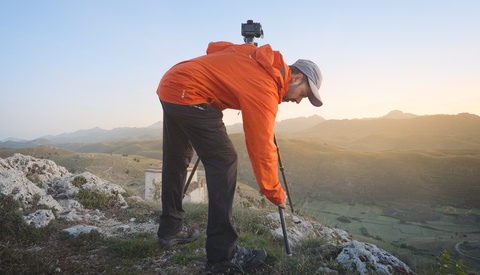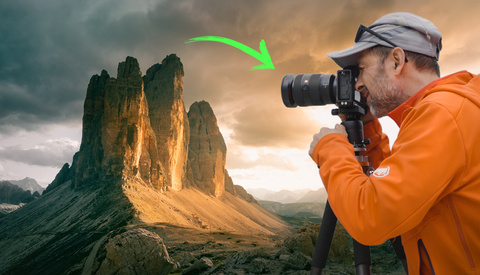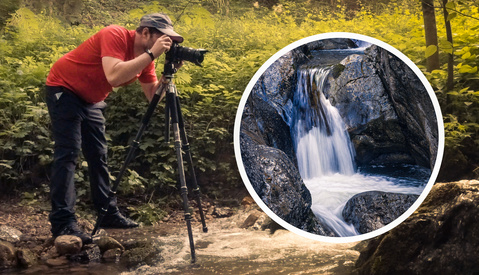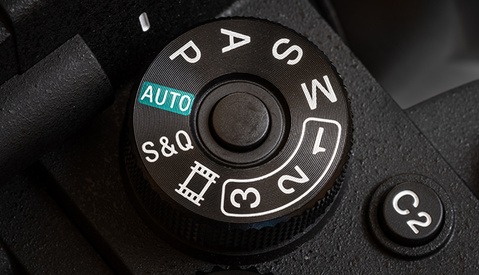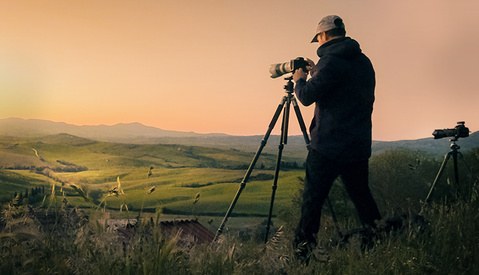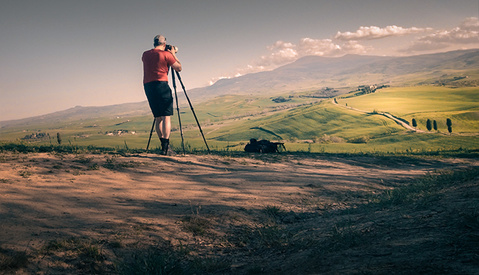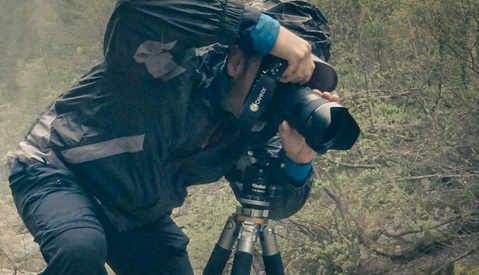The Greatest Force That Is Ignored by Photographers
There is a hidden force that can elevate your photography massively. I know about it because, after 35 years in photography, I stumbled upon it accidentally. And I get goosebumps just thinking about it.

